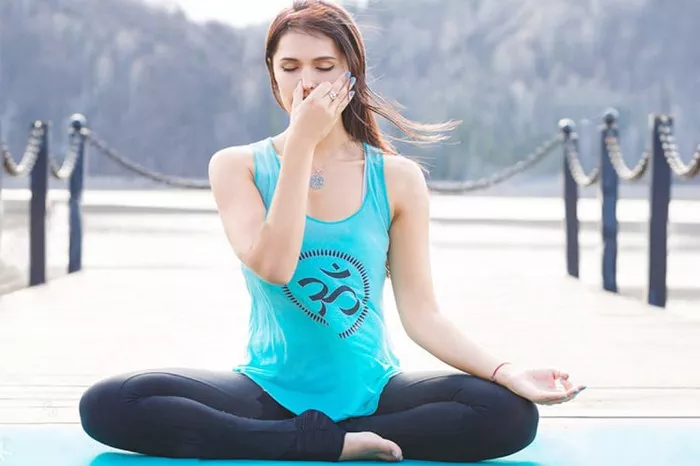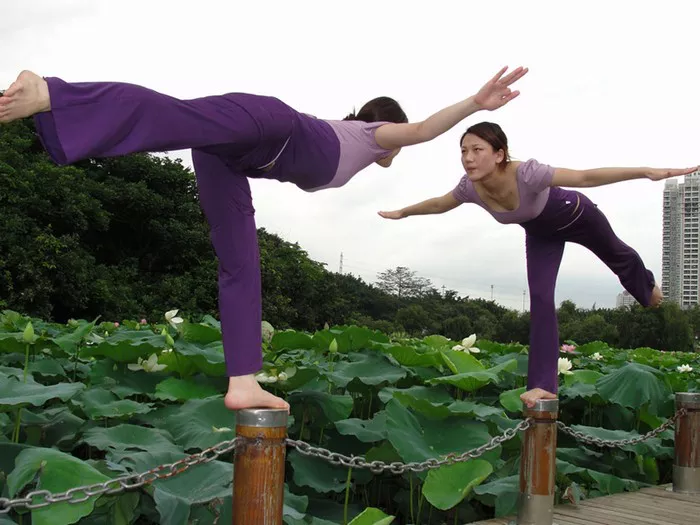Hatha Yoga is one of the most well-known branches of yoga, emphasizing the connection between the body and mind through physical postures (asanas), breathing techniques (pranayama), and meditation. Its name derives from two Sanskrit words: “Ha,” meaning sun, and “Tha,” meaning moon, symbolizing the balance between opposing forces. This holistic practice aims to harmonize physical health, mental clarity, and spiritual awareness.
The Role of Pranayama in Hatha Yoga
Pranayama, or breath control, is a fundamental aspect of Hatha Yoga. It acts as a bridge between the physical and the spiritual, allowing practitioners to harness their life force (prana) and cultivate inner peace. Through various breathing techniques, Hatha Yoga pranayama enhances vitality, increases focus, and fosters a deeper connection to one’s self and the universe.
1. Understanding Pranayama: The Science of Breath
1.1 Definition of Pranayama
Pranayama translates to “extension of the life force.” It encompasses various techniques that regulate the breath, allowing practitioners to control the flow of energy within the body. By mastering pranayama, individuals can enhance their physical health, emotional stability, and spiritual growth.
1.2 Historical Background
Pranayama has its roots in ancient yogic texts, such as the “Yoga Sutras of Patanjali” and the “Hatha Yoga Pradipika.” These texts outline the significance of breath control in achieving higher states of consciousness and overall well-being.
2. The Importance of Hatha Yoga Pranayama
2.1 Physical Health Benefits
Improved Respiratory Function: Regular practice enhances lung capacity and efficiency.
Detoxification: Facilitates the elimination of toxins through deep and controlled breathing.
Enhanced Energy Levels: Increases overall vitality and reduces fatigue.
2.2 Mental Clarity and Focus
Stress Reduction: Pranayama promotes relaxation and reduces anxiety levels.
Enhanced Concentration: Improves focus and cognitive function, making it easier to tackle daily tasks.
Emotional Balance: Helps regulate emotions and fosters resilience in challenging situations.
2.3 Spiritual Growth
Deepened Meditation Practice: Breath control prepares the mind for meditation, leading to a more profound experience.
Awakening of Kundalini Energy: Pranayama techniques can stimulate the awakening of dormant spiritual energy.
Connection to Higher Consciousness: Fosters a sense of unity with oneself and the universe.
See also: Kriya Yoga Pranayama: Unlocking Inner Peace and Vitality
3. Fundamental Hatha Yoga Pranayama Techniques
3.1 Ujjayi Pranayama (Victorious Breath)
Ujjayi breath is a cornerstone of Hatha Yoga practice, promoting calmness and focus.
How to Practice:
Sit comfortably with a straight spine.
Inhale deeply through the nose, constricting the throat slightly.
Exhale through the nose, maintaining the throat constriction.
Focus on the sound of your breath, cultivating a sense of inner peace.
3.2 Nadi Shodhana (Alternate Nostril Breathing)
This technique balances the energies within the body and calms the mind.
How to Practice:
Sit comfortably and close your right nostril with your right thumb.
Inhale deeply through the left nostril.
Close the left nostril and exhale through the right.
Inhale through the right nostril, close it, and exhale through the left.
Repeat for several rounds.
3.3 Kapalabhati (Skull Shining Breath)
Kapalabhati is an energizing practice that purifies the respiratory system and invigorates the mind.
How to Practice:
Sit comfortably with a straight spine.
Inhale deeply, then exhale forcefully through the nose while contracting the abdominal muscles.
Allow the inhale to happen passively, then repeat for several rounds.
4. Advanced Hatha Yoga Pranayama Techniques
4.1 Bhastrika (Bellows Breath)
Bhastrika is a vigorous breathing technique that increases energy and oxygen levels in the body.
How to Practice:
Sit comfortably with a straight spine.
Inhale deeply through the nose, expanding the abdomen.
Exhale forcefully through the nose while contracting the abdomen.
Repeat this process for several rounds.
4.2 Kumbhaka (Breath Retention)
Kumbhaka involves holding the breath to cultivate concentration and energy retention.
How to Practice:
Inhale deeply and hold the breath for a few seconds.
Exhale slowly, and hold the breath out.
Gradually increase the duration of breath retention as you become more comfortable.
5. Integrating Hatha Yoga Pranayama into Your Practice
5.1 Creating a Consistent Routine
To experience the full benefits of Hatha Yoga pranayama, establish a daily routine that incorporates breath control and meditation. Aim for at least 10-15 minutes of pranayama practice each day.
5.2 Combining with Asanas
Incorporate pranayama into your asana practice by coordinating breath with movement. For example, inhale as you raise your arms and exhale as you fold forward in a forward bend.
5.3 Mindfulness and Awareness
Focus on the sensations of your breath and body during practice. Cultivating mindfulness can enhance the benefits of pranayama and deepen your connection to the present moment.
6. Overcoming Challenges in Hatha Yoga Pranayama
6.1 Difficulty in Focus
If you find it challenging to concentrate during pranayama, try practicing in a quiet environment and gradually increasing your practice time.
6.2 Physical Discomfort
Some practitioners may experience discomfort during certain pranayama techniques. Modify your practice as needed and consult a qualified instructor for guidance.
6.3 Emotional Releases
Hatha Yoga pranayama can evoke strong emotions. Allow yourself to experience and process these feelings without judgment, understanding that they are part of the journey.
7. The Psychological and Emotional Benefits of Hatha Yoga Pranayama
7.1 Stress Management
The regular practice of pranayama can significantly reduce stress levels. By calming the nervous system, practitioners can cultivate a sense of tranquility in their daily lives.
7.2 Improved Mood and Emotional Well-being
Research indicates that pranayama can enhance mood and contribute to emotional well-being. The focus on breath can lead to increased serotonin levels, promoting feelings of happiness and contentment.
7.3 Enhancing Self-Awareness
Engaging in pranayama fosters greater self-awareness, helping individuals recognize patterns of thought and behavior that may no longer serve them. This awareness can lead to positive changes in lifestyle and habits.
8. Conclusion
Hatha Yoga pranayama is a powerful tool for enhancing physical health, mental clarity, and spiritual growth. By incorporating these techniques into your daily practice, you can unlock a world of benefits that promote overall well-being and inner peace. Remember that the journey of Hatha Yoga is deeply personal; patience, consistency, and self-compassion are essential to experiencing its transformative power. Embrace the breath, and allow it to guide you on your path to balance and vitality.
Feel free to let me know if you’d like to explore specific sections further or adjust any content!
Related topics:
Unleashing the Power Within: A Full Guide to Kundalini
























